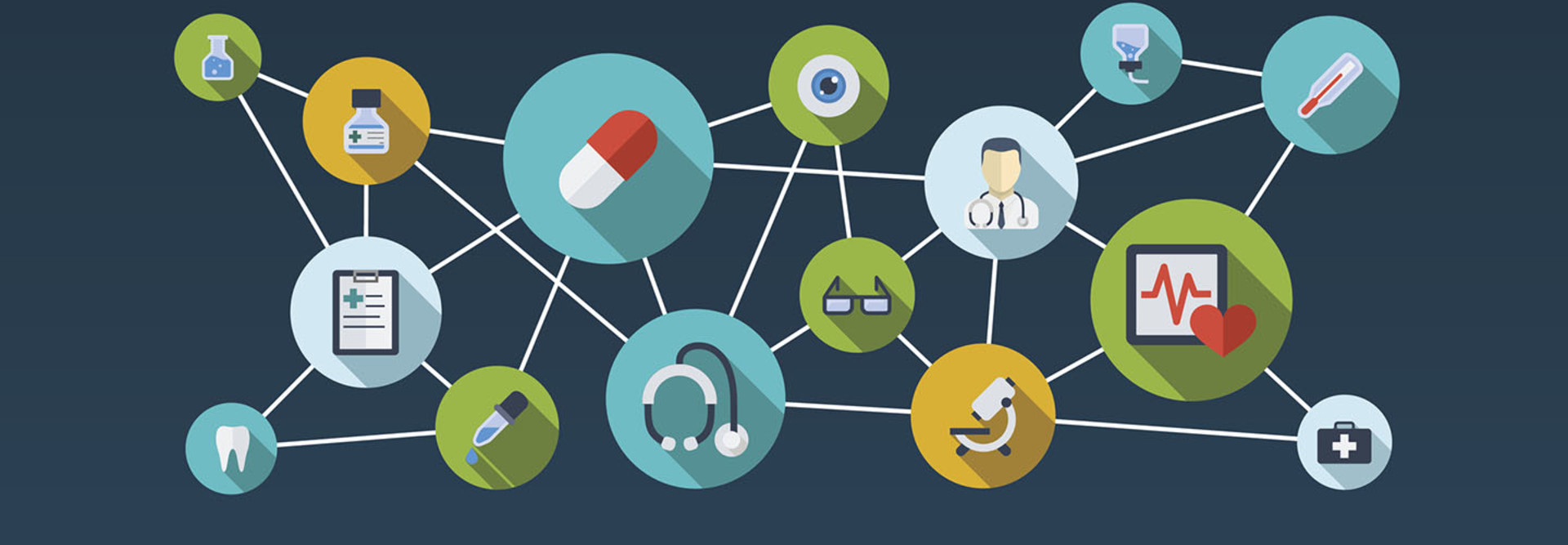Healthcare Analytics Point Providers to Patients that Need the Most Care
Big Data analytics could help drive more pointed treatments, improve transparency and increase patient engagement — at least these are the hopes for the technology. Spurred by government initiatives to enhance electronic health record (EHR) adoption, precision medicine and value-based care models, the healthcare analytics market is projected to grow sharply, from $7 billion in 2016 to $24 billion in 2021, according to a report by Markets and Markets.
A recent report by NEJM Catalyst, a part of the Massachusetts Medical Society, examines the use of Big Data, its limitations and how technology is working to overcome these challenges. In the report, Amy Compton-Phillips, executive vice president and chief clinical officer for Providence St. Joseph Health, notes that Big Data has the potential to open a new era in healthcare. “Providers are poised to put data into the hands of consumers and payers to drive a value-oriented care delivery system that enlightens patients about their health and the path to affordable care,” she says.
However, there are still a few barriers to effective adoption of healthcare analytics, Compton-Phillips notes:
“Before we in health care can reap the full benefits of big data, we have problems to solve, not the least of which is unleashing the functionality within EHR systems. A big stumbling block is lack of interoperability, which just over half of respondents (51%) say is weak in their organizations. The survey also finds room for improvement in ease of use and training for EHRs; each is labeled weak by a third of respondents. Both issues must be resolved for health care big data to flourish.”
While there are certainly still some challenges facing healthcare analytics, several hospitals are finding ways to overcome these issues and are seeing results in Big Data use.
Cutting Back on Falls With Data Analytics
In California, El Camino Hospital has used predictive analytics to cut back on its hospital fall rates by 39 percent in 6 months, Healthcare IT News reports.
In-hospital falls are costly for providers and patients alike, adding an average of $14,000 and 6.3 days to a hospital stay, according to a 2015 report from the Joint Commission Center for Transforming Healthcare. To scale back on these costs, the hospital worked with analytics company Qventus to develop a way to determine which patients are at higher risk for falls and provide insight for providers as to how to better care for these patients.
“They were able to help us come up with a methodology where we could in real-time know and understand which patients are at higher risk for falls so we could focus our efforts clinically in real-time on those patients,” chief nursing officer Cheryl Reinking told Healthcare IT News. “We know which patients through screening at admission are at high risk for falls. We put that in their medical records, and we make sure they have yellow slippers and yellow bands and a sign on their door so clinicians know they are at high risk of falls. And that is a lot of patients in the hospital.”
The system pulls information from El Camino’s electronic health records to flag which patients are at higher risk for falls. It incorporates “call light data and bed alarm data” as well as machine learning around this information to let nurses know if one patient requires more attention.
But Reinking notes that the prescriptive analytics effort was just one element of the successful program.
“It was this effort with the use of predictive analytics, but many other things, too,” she said. “We also were working on initiatives like making sure the risk assessments were really appropriate for our patients when they first came in. We also did a lot of training on the bed alarms. We got more chair alarms in place. We also did a lot of training on bathroom falls. Understanding patients fall from a chair and the bathroom more than from a bed. Those were some of the other actions that were occurring during this time along with the work that was occurring with Qventus.”
Mayo Clinic’s Cloud-Based Analytics Prioritize ICU Patients
At the Mayo Clinic, a cloud-based analytics system that integrates patient information such as EHRs, lab results and physician orders allows physicians to prioritize which intensive care unit patients are most in need, and respond accordingly. The patient-centered, electronic Ambient Warning and Response Evaluation system, or AWARE, saved the clinic an estimated $4.2 million in Medicare costs over two years, Fierce Healthcare reports.
“AWARE was mapped to myriad other hospital information systems (e.g., laboratory results, vital signs, orders, EMR), and the information assembled for each patient was organized by organ system, with the highest-priority information most prominently displayed,” a report by Abt Associates finds, adding that the purpose of the system was to cut back on cognitive overload and resulting errors for ICU physicians and nurses, ultimately improving patient outcomes.









